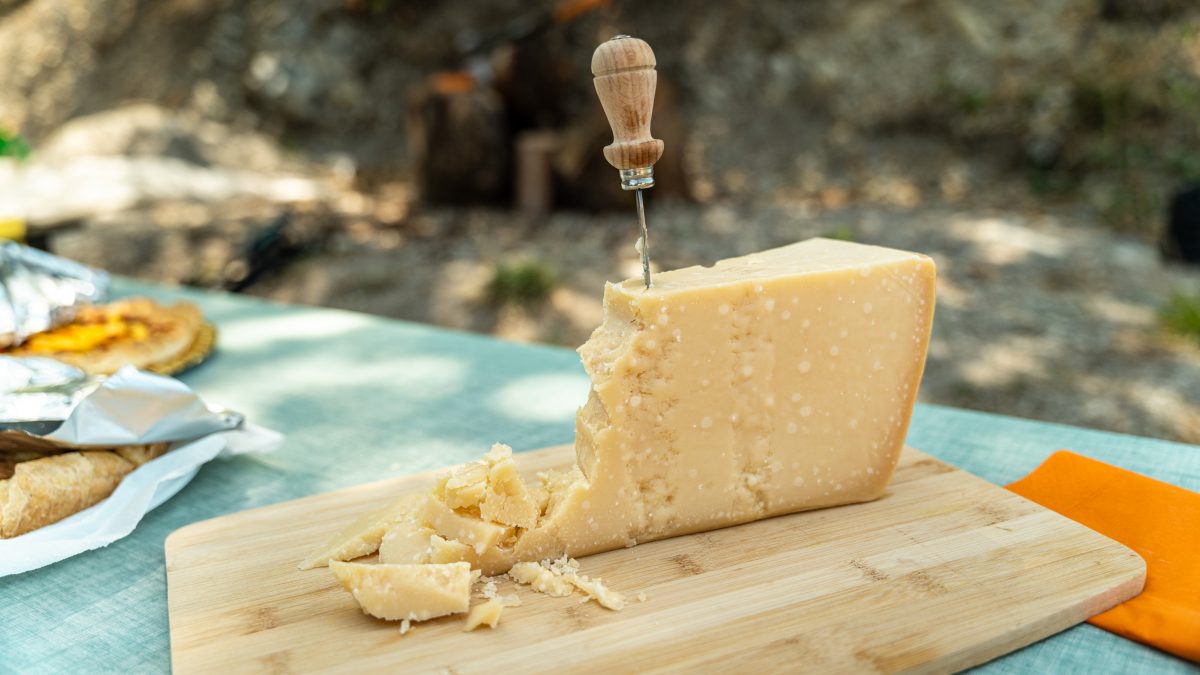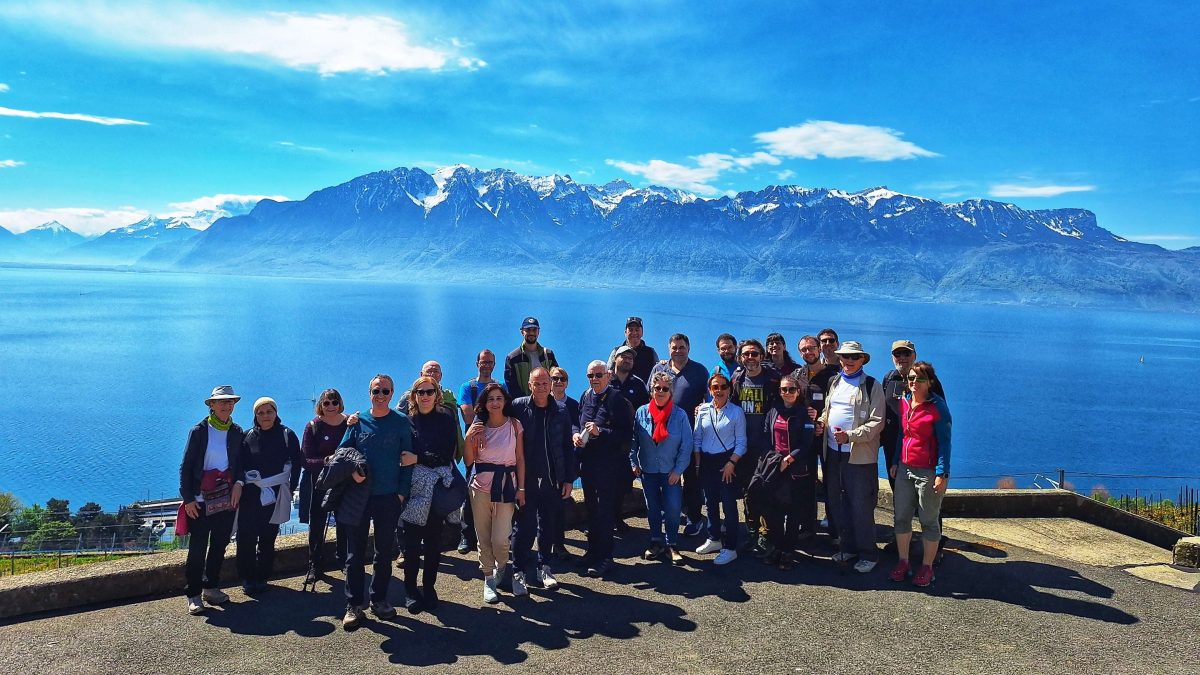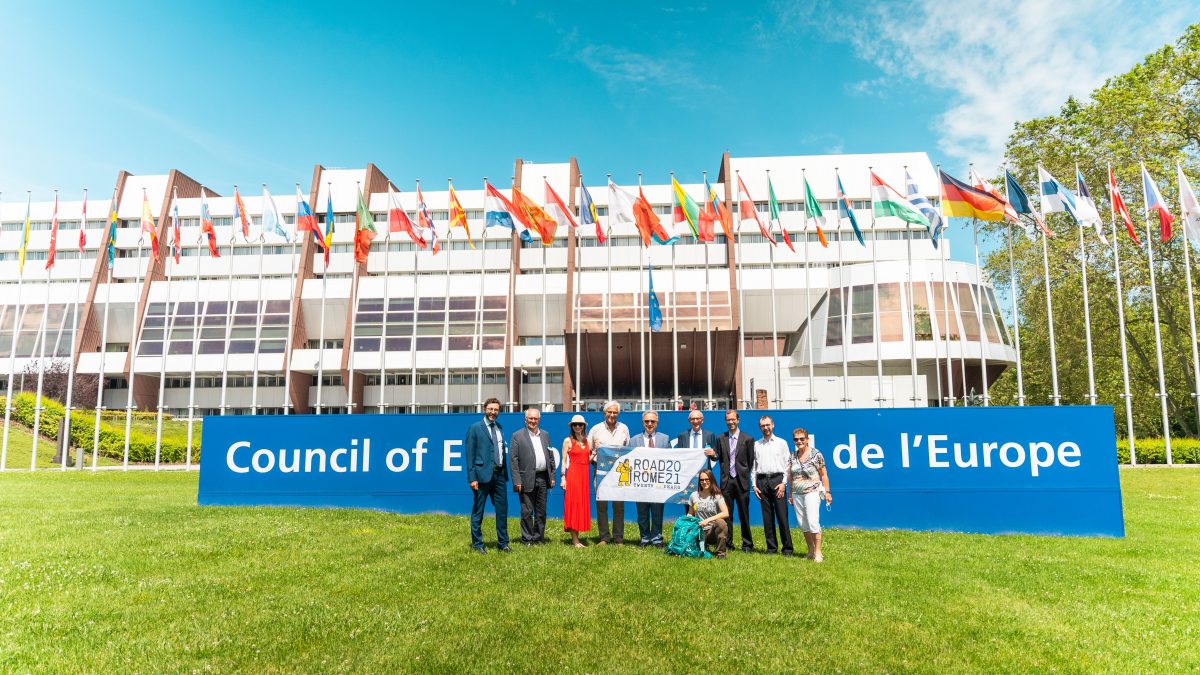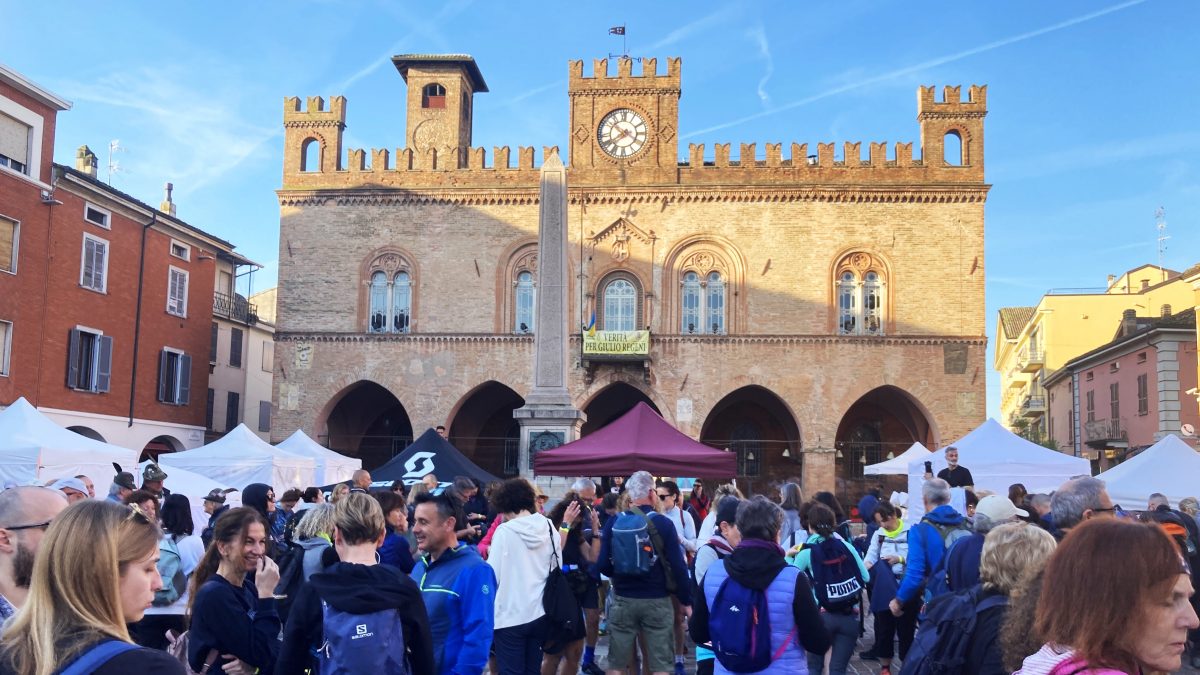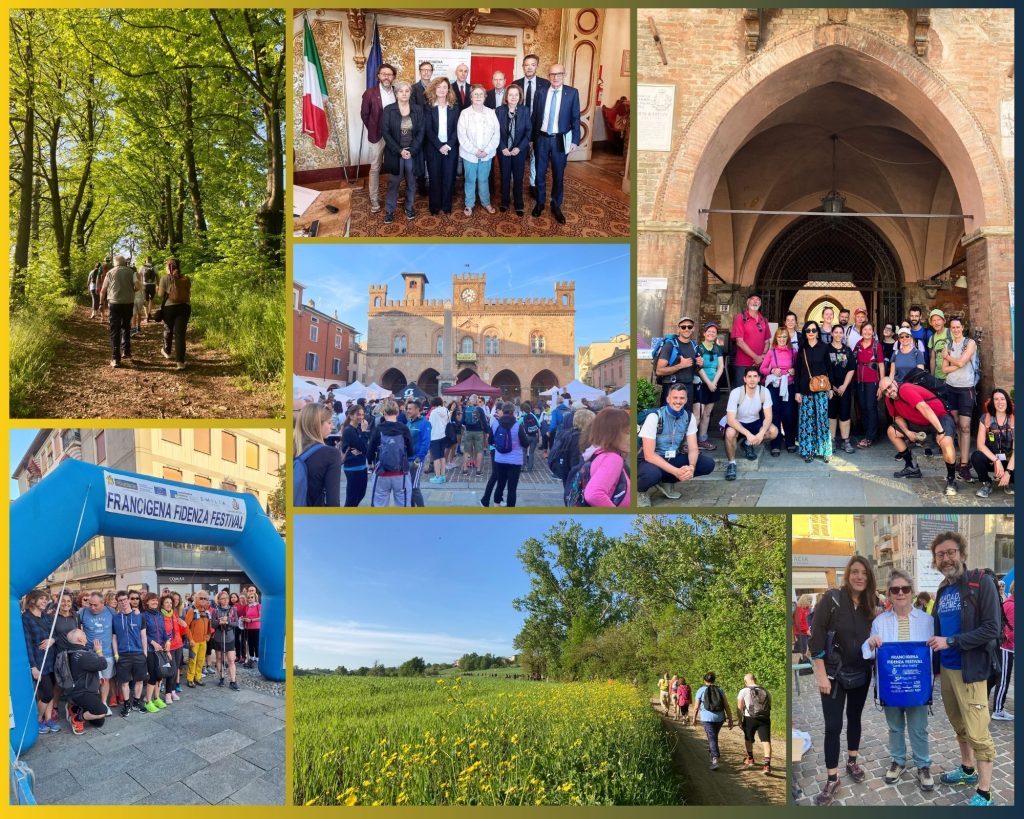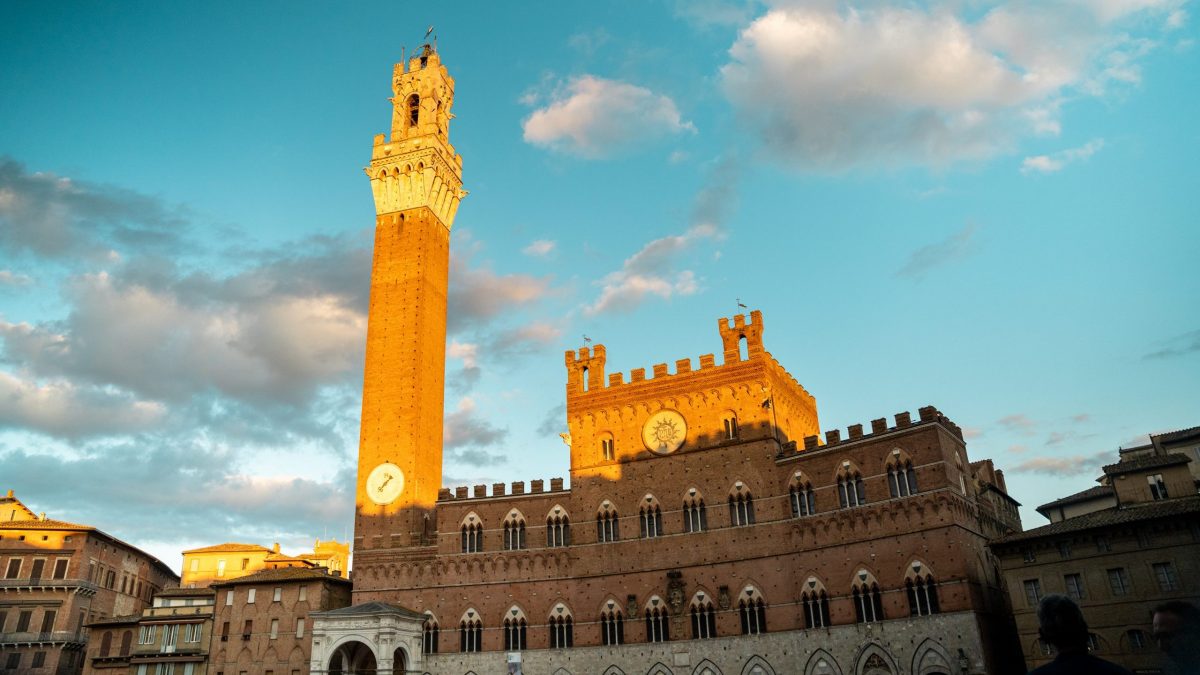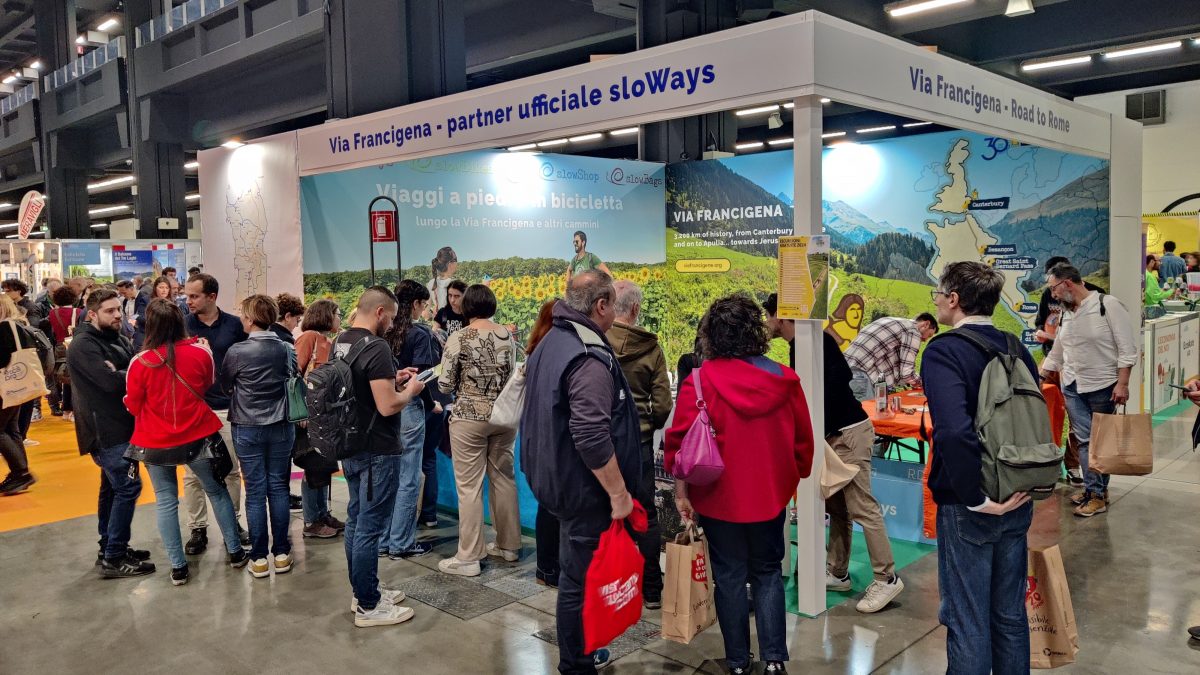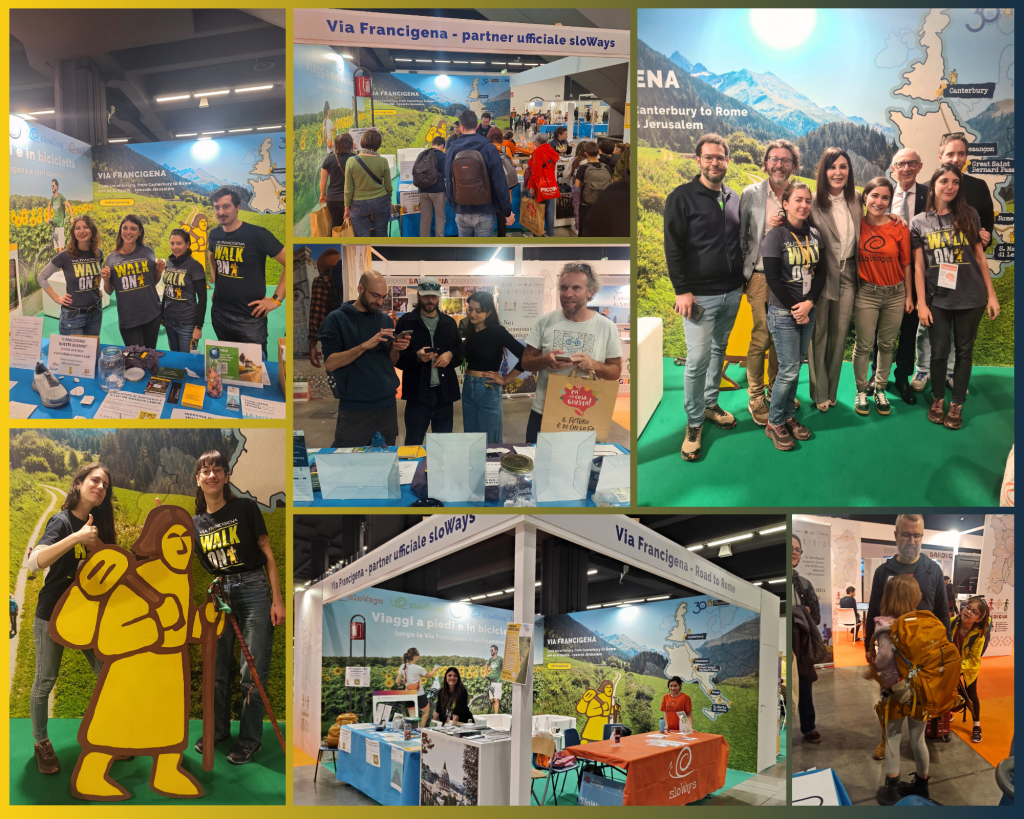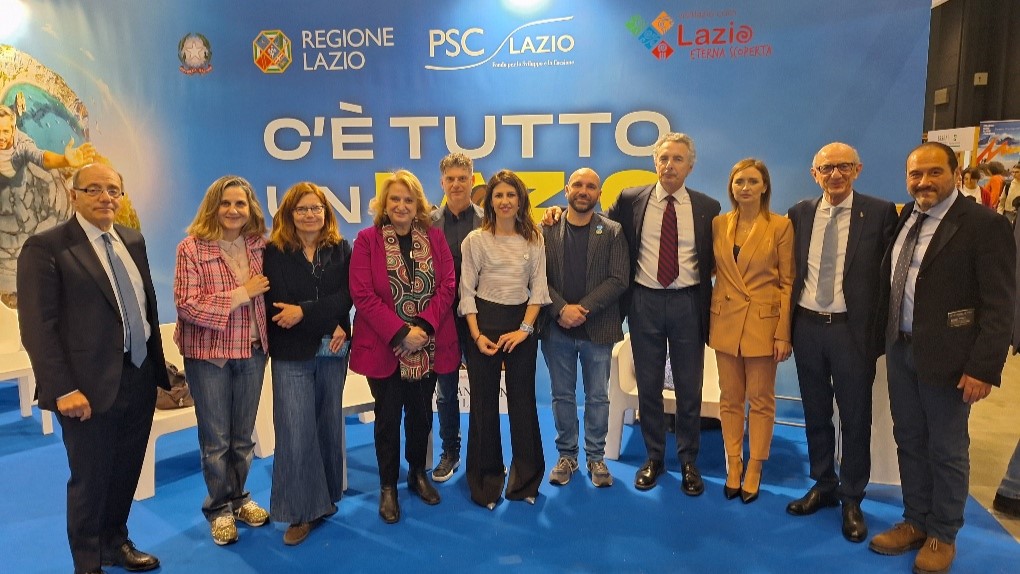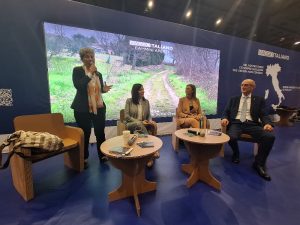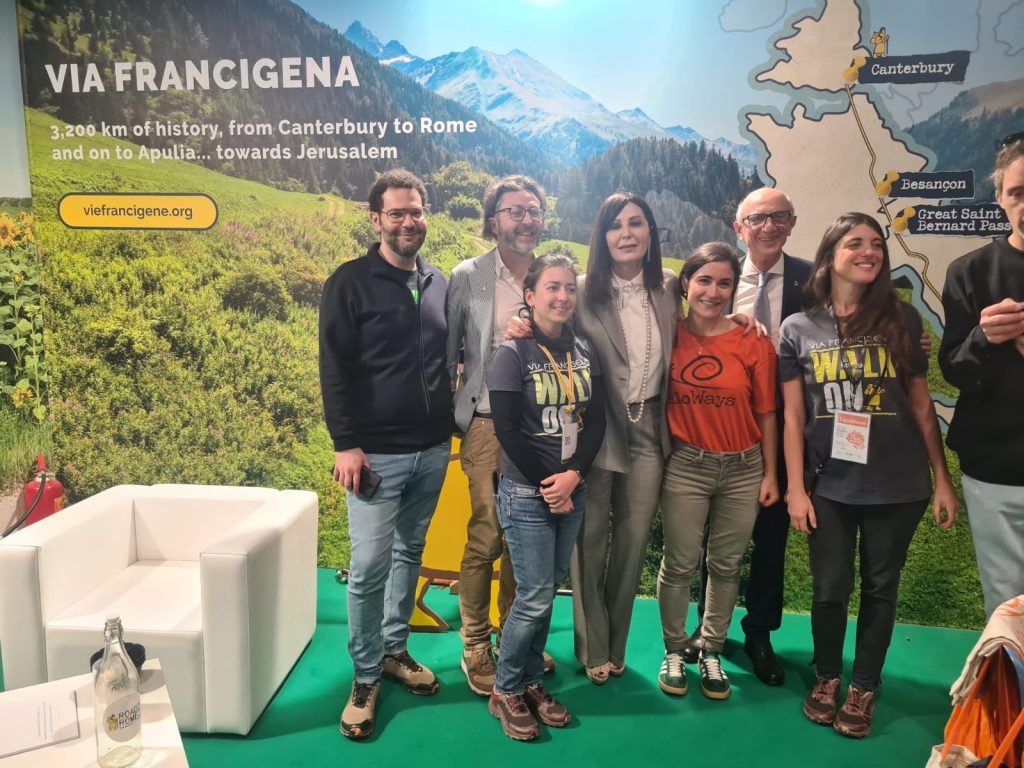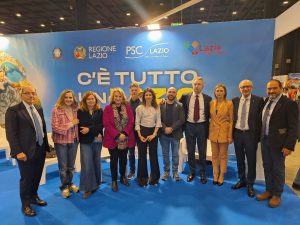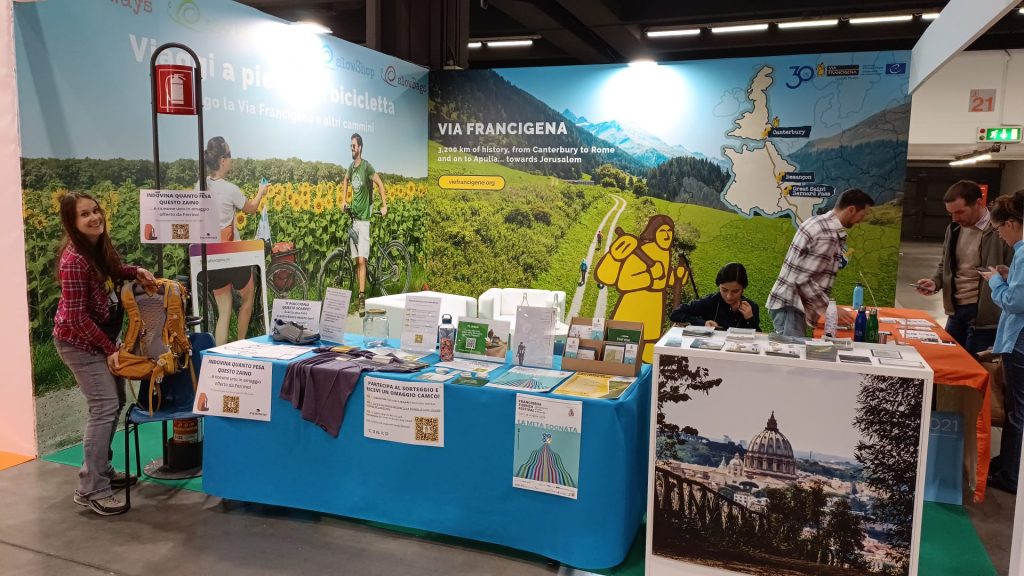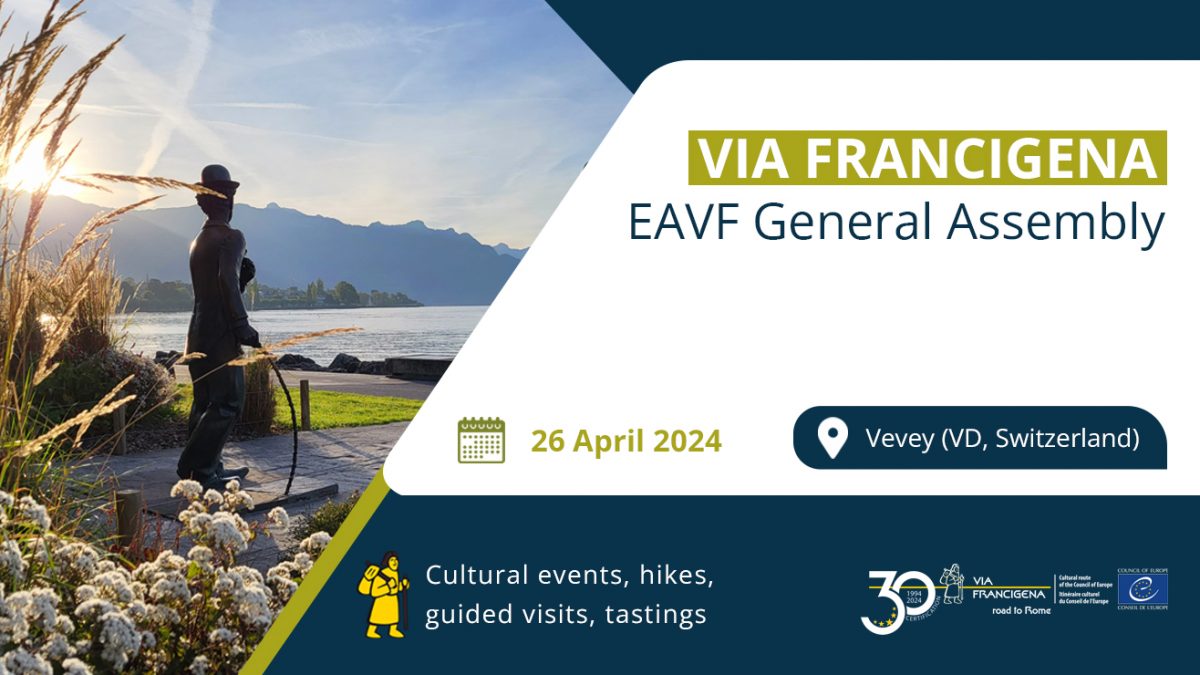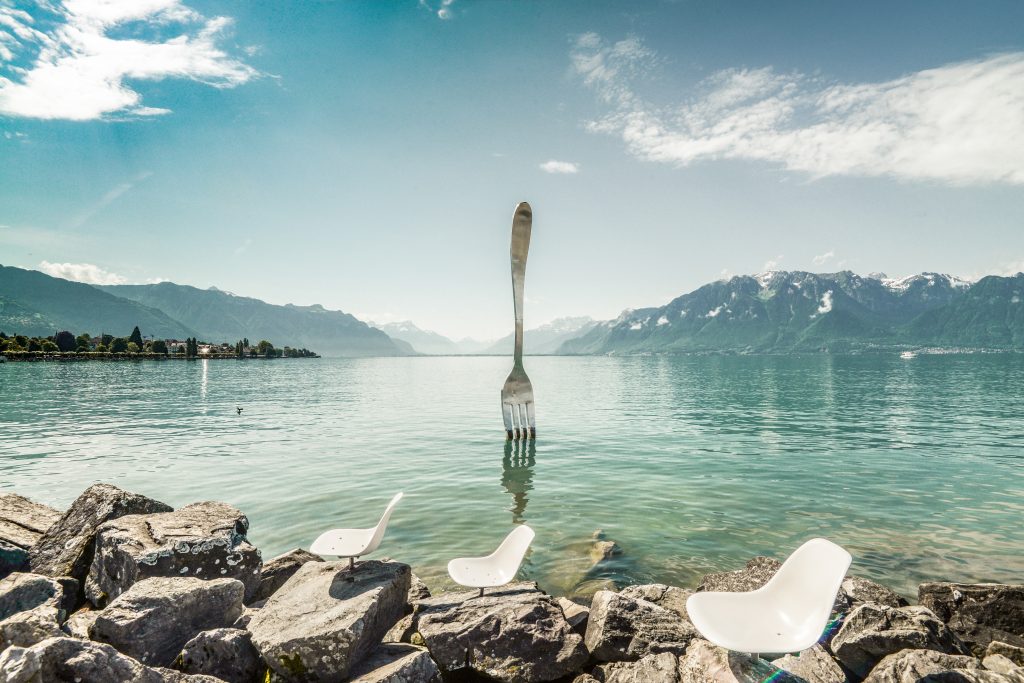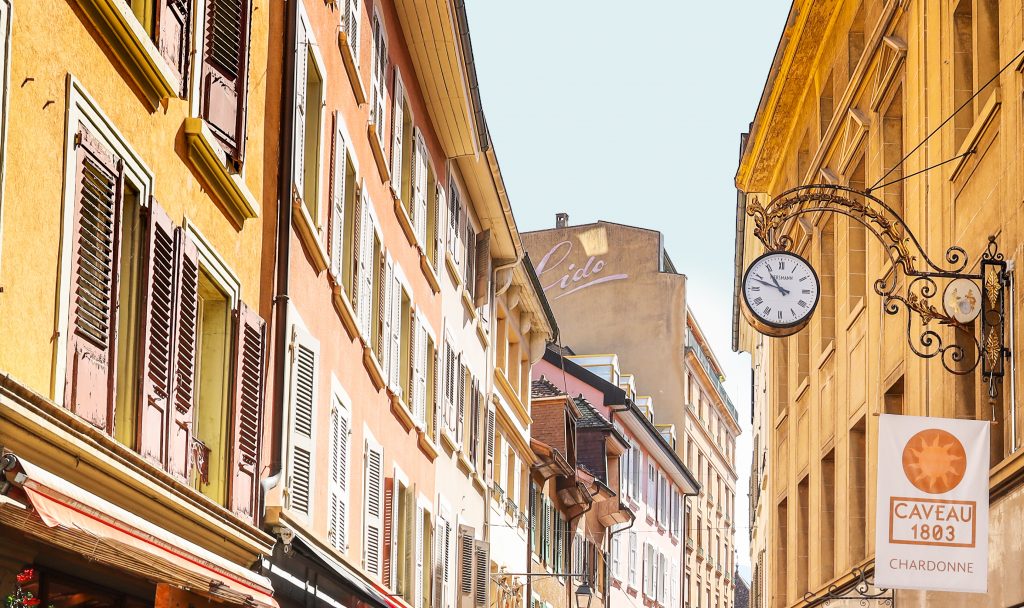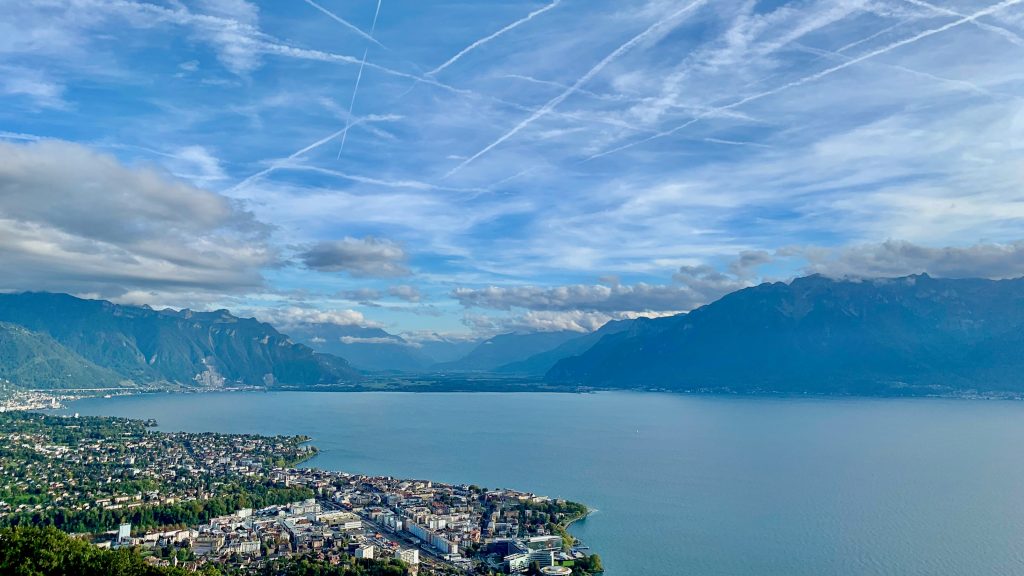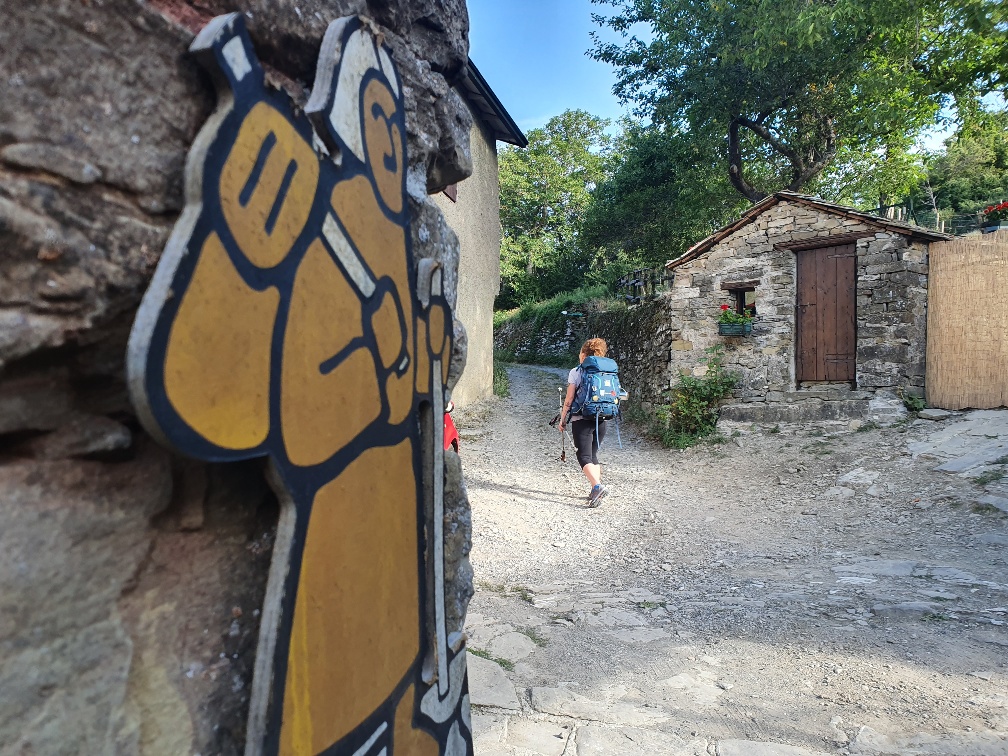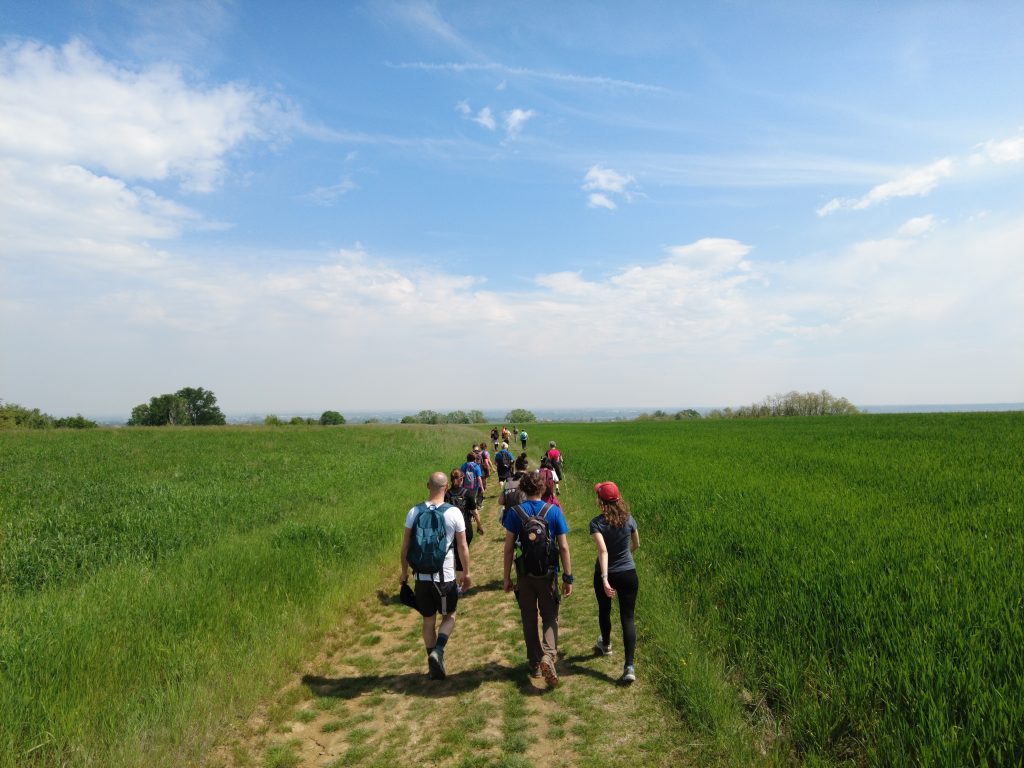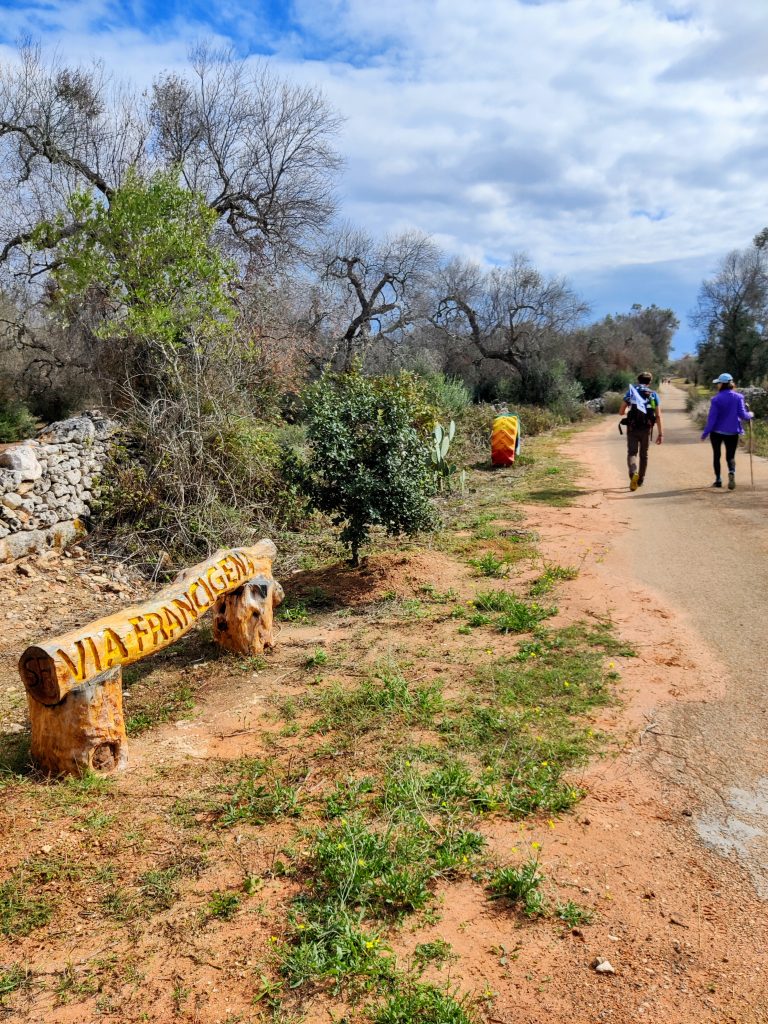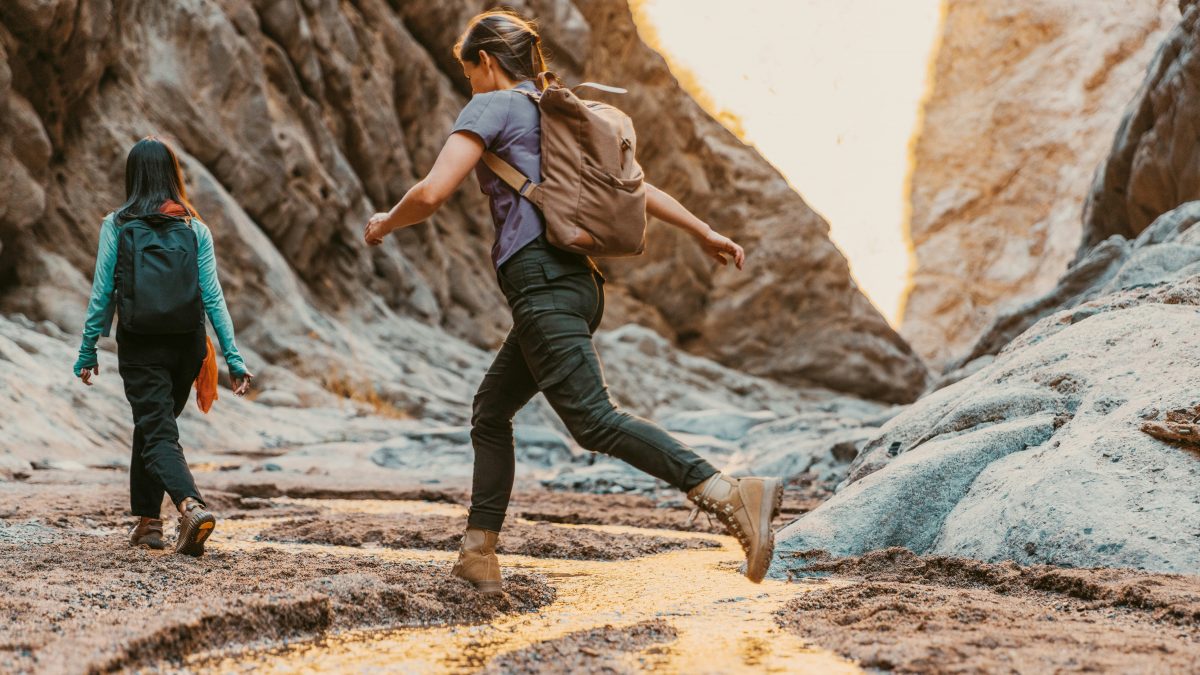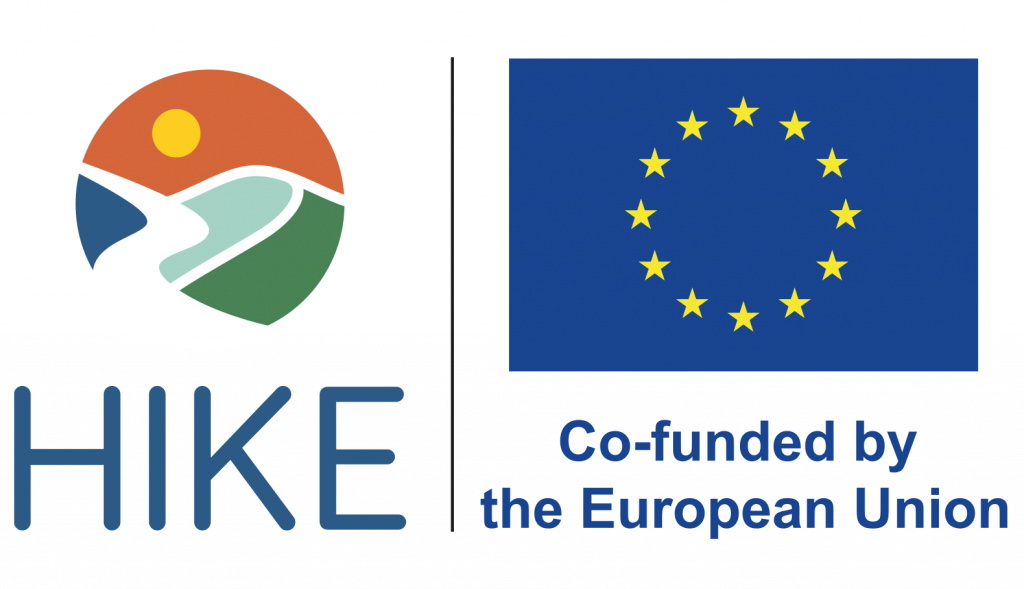From April 25th to 27th, the European Association of the Via Francigena ways held its annual General Assembly in Vevey, Switzerland, with the presence of numerous members from the four countries crossed by the Via Francigena: the United Kingdom, France, Switzerland, and Italy. This highly attended international meeting took place within the prestigious salle del Castillo, overlooking Lake Geneva.
Following the official greetings from Mayor Yvan Luccarini and Vincent Bailly, representative of Lavaux Patrimoine Mondial, the assembly commenced with the presentation of a diploma by EAVF Vice President Francesco Ferrari to the municipal administration of Vevey for joining the association.
In plenary session, numerous important agenda items were discussed, starting with the approval of the budget forecasts and the financial statements. Also highlighted was the quadrennial evaluation by the Council of Europe for the confirmation of the European certification of the Via Francigena, which, in 2024, marks its 30th anniversary of this recognition. A new section of the website www.viefrancigene.org is dedicated to these thirty years of history, featuring a timeline of the most significant events during this period and a collection of written thoughts and reflections. The page is also enriched with material that, work in progress, narrates the Via Francigena in a social media version. Lastly, the Vevey Declaration is included, affirming the AEVF Assembly’s commitment to continue the promotion, dialogue, and cooperation on the Via Francigena.
During the assembly, strategic projects concerning the Via Francigena in the national sections were shared: particular attention was given to the progress of the approval process for the Via Britannica, a historic itinerary from London to Canterbury within the AEVF network. Additionally, developments of the emerging Itinerary Committee, which will be officially launched on June 18, 2024, in Troyes, France, for better governance of the French stretch, connecting the eight departments and three regions involved.
An important moment of the GA was dedicated to welcoming new members joining the international network. Besides the Swiss municipality of Vevey (Vaud), the French municipality of Braux-le-Châtel (Haute Marne, Grand Est), and the Italian municipalities of San Rocco al Porto (Lodi, Lombardy) and Formia (Latina, Lazio) were welcomed. The total number of members now stands at 243, including municipalities, provinces, and regions. Two new “friendly” associations were also welcomed: Pro Loco Oriese APS (Orio Litta, Lombardy) and Accoglienza Pellegrina (Valpromaro, Tuscany), bringing the total to 92 members.
In addition to the assembly, participants had the opportunity to engage in various activities offering a comprehensive immersion into the cultural heritage of the Via Francigena, with a focus on the city of Vevey and this splendid Swiss stretch of the route.
The three-day program kicked off with the theatrical performance “Legend of Sigerico”, staged by the beloved company (Italian-French) directed by Carlo Boso. Spectators were transported back in time through the adventures of Sigerico, Bishop of Canterbury, in a captivating narrative crafted in the style of commedia dell’arte. Knowledge of the territory was also imparted through gastronomy, with a tasting of local wines and fondue, in a convivial and welcoming atmosphere. The tourist part included two significant moments: a guided tour of the city, in three languages, allowing participants to discover Vevey’s hidden treasures, from its charming architecture to its picturesque streets, offering a comprehensive overview of the city’s life and history. Particularly appreciated was the walk through the villages and vineyards along the beautiful stretch of the Via Francigena between Lausanne and Vevey. The cultural landscape characterizing this route is one of the most iconic and breathtaking points of the entire European journey: here lie the famous vineyards recognized by UNESCO for their perfect integration between the ecosystem and an authentic and dynamic civilization.
Among the cultural events, two were highlighted: the Conference on Cultural Itineraries in Switzerland, during which experts shared knowledge about the cultural itineraries traversing Switzerland, exploring their cultural, social, touristic, and economic implications; and the exhibition featuring panels on the Via Francigena, at the Market Square. Participants had the honor of attending the opening of the exhibition illustrating the history and heritage of the Via Francigena through a rich selection of photos with 16 informative panels aimed at the general public. This exhibition fits well within the celebrations of the thirty years of the Via Francigena, a European cultural itinerary.
The three-day event was organized with the support of the Vevey municipal administration and the Association Via Francigena Suisse.
Members will reconvene in Monte Sant’Angelo, Puglia, for the next AEVF autumn assembly.



